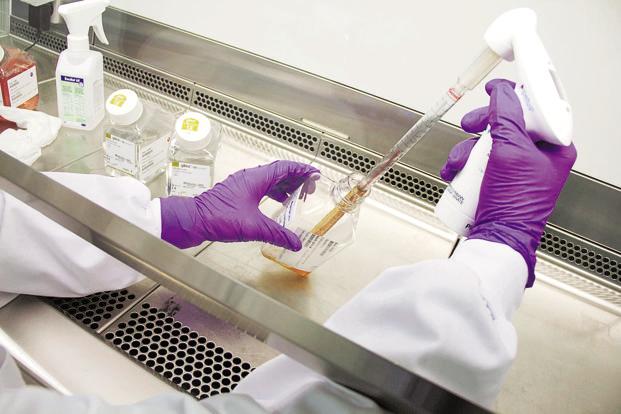Research of Dengue Vaccine
Apr 19, 2022
Dengue is a flavivirus mosquito-borne disease which has reached most of the tropical and several subtropical regions. The disease is a result of 4 closely relevant viruses, the dengue viruses 1 to 4. There aren’t any specific therapeutics or dengue and prevention is limited to some vector control measures only. Therefore, a vaccine for dengue would mean a very vital advancement for curb the disease. At present no vaccine exists to prevent Dengue and the prevention is limited to manual control on the breeding sites. Dengue is prevalent in numerous countries all over the world and has on numerous occasions led to national issues.

Status of Development of Vaccine for Dengue:
Dengyaxia or CYD-TDV is the 1st vaccine for dengue and was initially registered at Mexico on 31st December 2015. This is the live tetravalent vaccine for dengue which has been evaluated as a series of 3 doses on a 0/6/12 months schedule in Phase 3 clinical studies. The vaccine is registered for use by individuals from 9 to 45 years of age staying in the endemic regions.
WHO has recommended that Nations shall consider adopting vaccine CYD-TDV for dengue only in a geographic setting where epidemiological data signifies high intensity of the disease.
There are around 5 additional forms of vaccine which are under trial including live-attenuated vaccines, subunit, DNA & purified inactivated vaccines. Other technological practices, like virus-vectored & VLP-based vaccines, are yet under evaluation in the preclinical studies.
Growing international epidemic of dengue remains a major concern for which an effective and safe vaccine is urgently required. It is expected that by 2020 vaccines for dengue would be an integrated part for prevention of Global dengue and strategies to control the same.
Dengue Vaccine Development Challenges:
Infection by any of the 4 dengue viruses serotypes has been demonstrated to confer a lasting safety from homotypic re-infection, however, merely a transient safety from secondary heterotypic infection. Additionally, secondary heterotypic infection is linked to increased risk of critical disease.
Observations advise an immunopathological component in a dengue pathogenesis which is known as immune augmentation of disease. Because of the complexities which are dengue-specific, development of vaccine focus on the generation of tetravalent vaccine meant to provide long run safety from all virus serotypes.
More challenges occur due to lack of adequate animal disease models and concluding uncertainty around the correlates of the protection. However, despite the challenges development of a vaccine has seen major progress in recent times and present phase of a dengue vaccine is diverse, advanced and overall a promising one.









